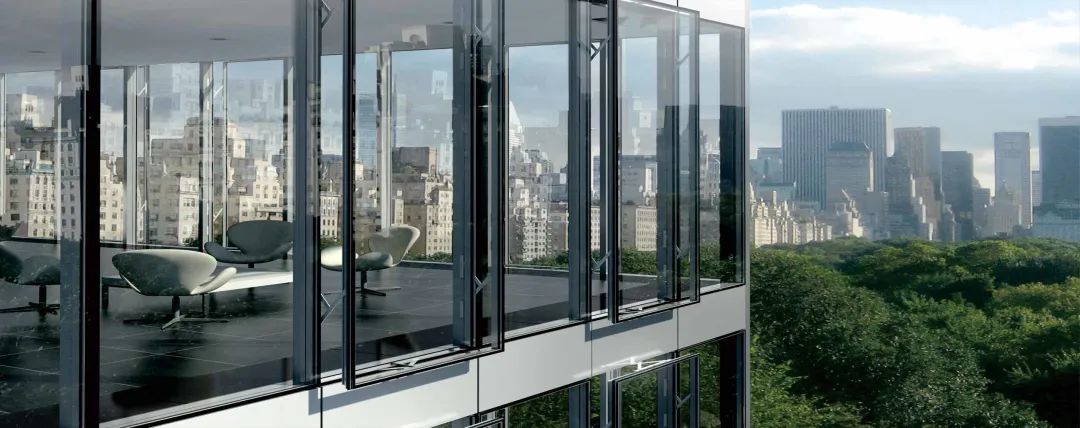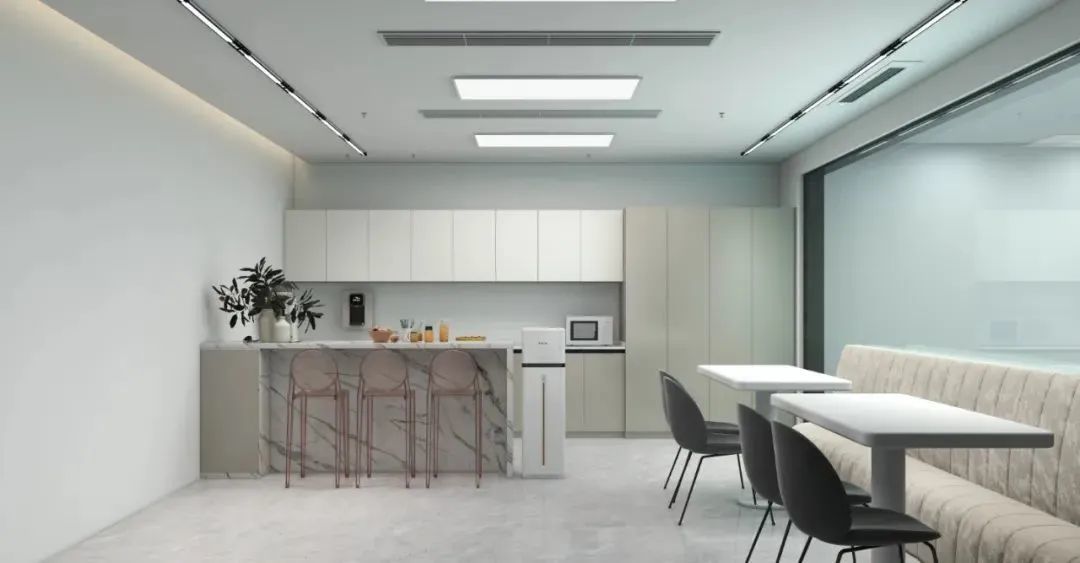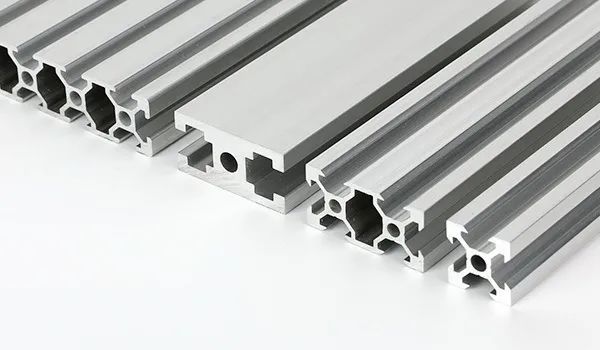The most common seven door and window engineering quality common fault and prevention countermeasures
Release time:
2018-04-10
common fault 1: door and window frame bending reason: 1, door and window frame by impact deformation. 2. The thickness of the material used in the door and window frame is thin and the rigidity is not enough. Prevention and treatment plan: 1. Repair and install the deformed frame. 2. The thickness of the material used for the frame shall be in accordance with the national regulations, and the thickness of the main stressed components shall not be less than 1.2MM. 3. The packing around the frame shall be appropriate to prevent excessive inward bending. common fault 2: door and window frame loose reason: 1, installation of anchor iron foot spacing is too large; 2, anchor iron foot used in the material is too thin; 3, anchoring method is not correct. Prevention and control plan: 1. The spacing between anchoring iron feet shall not be greater than 600MM, and the iron feet must be treated with anti-corrosion treatment; 2. The thickness of the material used for anchoring iron feet shall not be less than 1.5MM and the width shall not be less than 25MM; 3, according to different wall materials to adopt different anchoring prevention and control schemes, brick wall shall not use nail anchoring, porous brick shall not use expansion bolt anchoring. common fault 3: door and window frames are not square: the frame is not allowed to be jammed during installation, and the two diagonals of the frame are long and short, causing the frame to be not square. Prevention plan: temporarily fix it with wooden wedges during installation, measure and adjust the diagonal to reach the same length, and then fix it firmly with iron feet. common fault 4: leakage prevention scheme caused by no sealant at the splice part of window frame: before installing the door and window frame, the hole opening must be inspected first, and the distance between the door and window frame and the reserved hole opening shall be ensured to be within 2-3cm. If the spacing is greater than 3cm, C20 fine aggregate concrete and galvanized steel mesh shall be used for pouring. The door and window frame can be installed after 7 days. General fault 5: the upper part of the window frame is not dense due to the mortar plug joint, resulting in leakage prevention scheme: the gap between the door and window frame and the sub-frame should be filled with elastic closed-cell material (polyurethane foaming agent is filled and sealed with weather-resistant sealant. Requirements for injection and beating of elastic closed-cell materials (polyurethane foaming agents): continuous beating, full filling and one-time molding. The foaming agent outside the frame should be inserted into the gap before the conjunctiva hardens to prevent the outer film of the foaming agent from being damaged. common problem 6: external window plug seam foam exposed by cutting method, damage the outer surface layer of foam, resulting in leakage hidden danger prevention scheme: foam beyond the door and window frame should be pressed into the gap by hand or special tools before curing, and cutting common problem 7: metal lock construction is not standard: metal keyhole decoration on the floor of glass frameless door is skewed, loose, falling off or higher than the floor after installation, cause the door lock shaking or difficult to lock and other phenomena. Prevention and control scheme: when installing the keyhole decorative cover, a marble hole opener shall be used to drill the hole first, and then a 6mm percussion drill shall be used to drill the hole with a depth of 2.0 to 3.0cm. Built-in 6mm plastic expansion pipe, and fixed firmly with self-tapping screws. Make sure it is flat.
common fault 1: door and window frame bending
reason:
1, door and window frame deformation caused by impact.
2. The material used for the door and window frames is thin and the rigidity is not enough.
Prevention Plan:
1. Repair and reinstall the deformed frame.
2. The thickness of the material used for the frame shall be in accordance with the national regulations, and the thickness of the main stressed components shall not be less than 1.2MM.
3. The packing around the frame shall be appropriate to prevent excessive inward bending.
common fault 2: loose door and window frames
reasons:
1, too large spacing between installation and anchoring iron feet;
2, the material used for anchoring iron feet is too thin;
3, anchoring method is incorrect.
prevention plan:
, the spacing of anchoring iron feet shall not be greater than 600MM, and the iron feet must be treated with anti-corrosion treatment;
, the thickness of the material used for anchoring iron feet shall not be less than 1.5MM, and the width shall not be less than 25MM;
3. Different anchoring prevention schemes shall be adopted according to different wall materials, nail anchoring shall not be used on brick walls, and expansion bolts shall not be used for porous bricks.
common problem 3: door and window frames are not square
reason: the frame is not square during installation, and the two diagonals of the frame are long and short, resulting in the frame being not square.
Prevention plan: temporarily fix it with a wooden wedge during installation, measure and adjust the diagonal to reach the same length, and then fix it firmly with iron feet.
common fault 4: leakage caused by no sealant at the window frame splicing part
prevention plan: before the door and window frame is installed, the hole must be inspected first, and the distance between the door and window frame and the reserved hole shall be within 2-3cm. If the spacing is greater than 3cm, C20 fine aggregate concrete and galvanized steel mesh shall be used for pouring. The door and window frame can be installed after 7 days.
common fault 5: leakage
prevention plan due to undense mortar plug joints on the upper part of the window frame: the gap between the door and window frame and the sub-frame should be filled with elastic closed-cell material (polyurethane foaming agent is filled and sealed with weather-resistant sealant. Requirements for injection and beating of elastic closed-cell materials (polyurethane foaming agents): continuous beating, full filling and one-time molding. The foaming agent outside the frame should be inserted into the gap before the conjunctiva hardens to prevent the outer film of the foaming agent from being damaged.
common fault 6: external window plug seam foam is exposed and treated by cutting to damage the outer surface layer of foam and cause leakage hidden danger
prevention scheme: foam beyond the door and window frame should be pressed into the gap by hand or special tools before curing, and it is strictly prohibited to cut
common fault 7: metal lock construction is not standardized: the metal keyhole decoration on the ground of the frameless glass door is skewed, loose, falling off or higher than the floor after installation, causing the door lock to shake or difficult to lock.
Prevention Plan: When installing the keyhole decorative cover, a marble hole opener must be used to make holes first, and then a 6mm percussion drill bit must be used to make holes with a depth of 2.0 to 3.0cm. Built-in 6mm plastic expansion pipe, and fixed firmly with self-tapping screws. Make sure it is flat.
Contact Information
Customer Service Tel: +86-539-7177878
Mailbox: kemet@sdkemet.com
Zip Code: 273400
Address: Linyi City, Shandong Province
Copyright©2023 Kemet New Materials Technology Co., Ltd. All Rights Reserved





